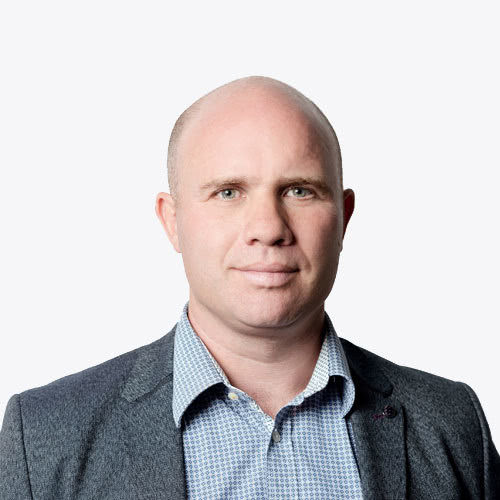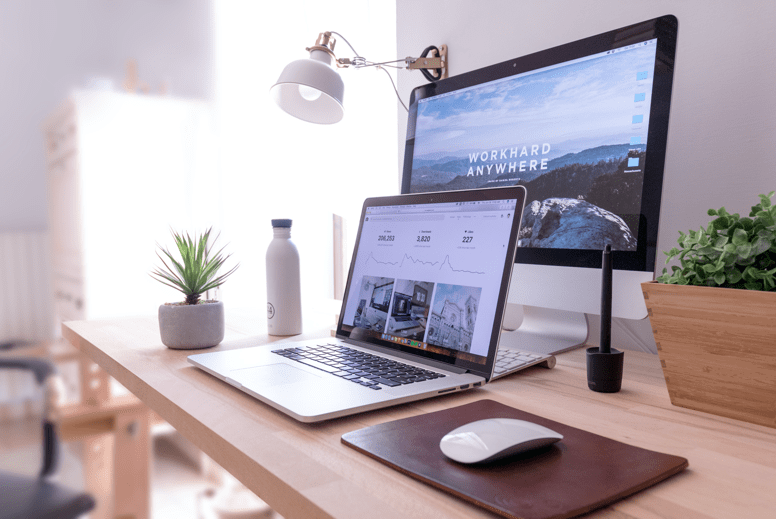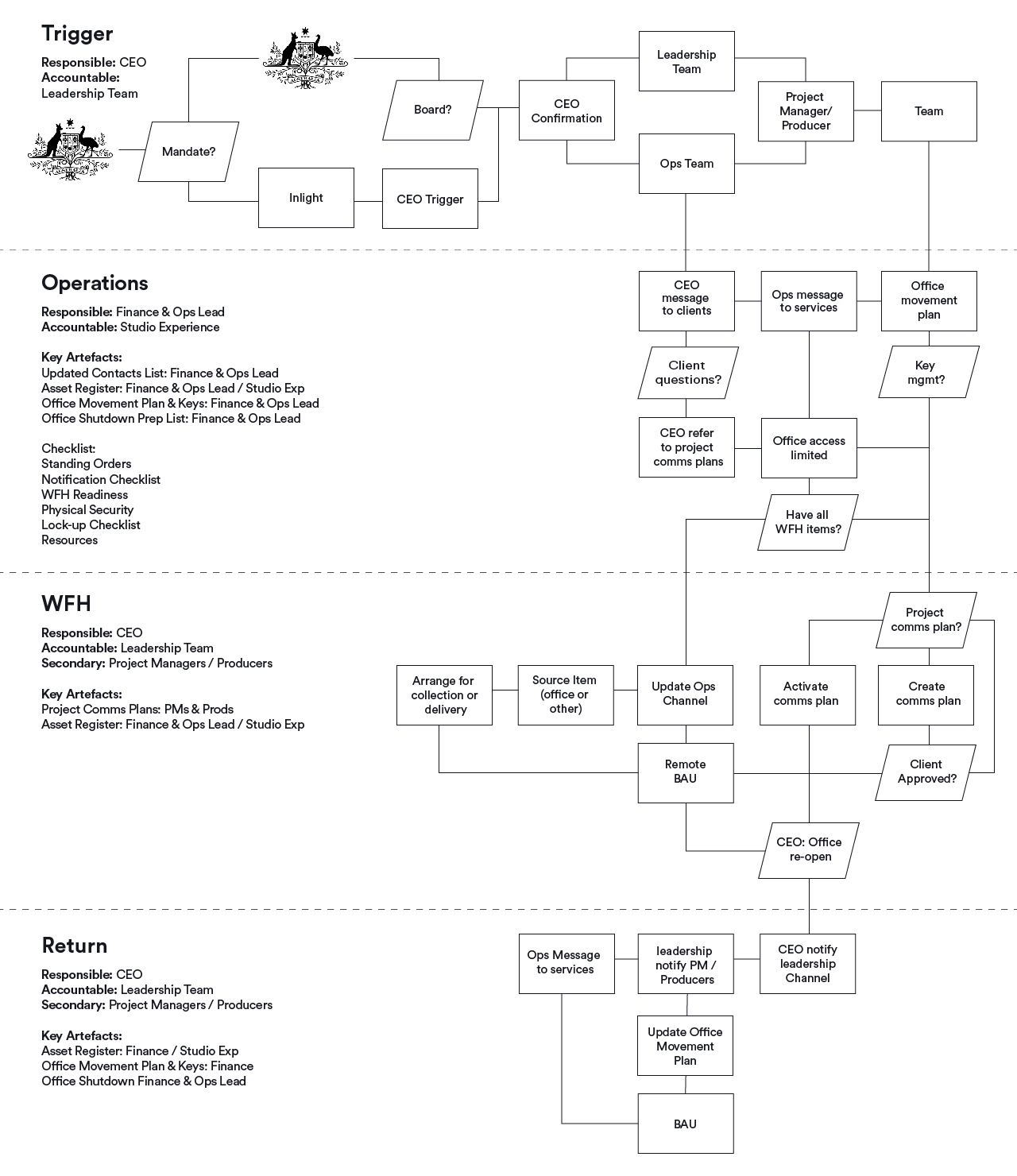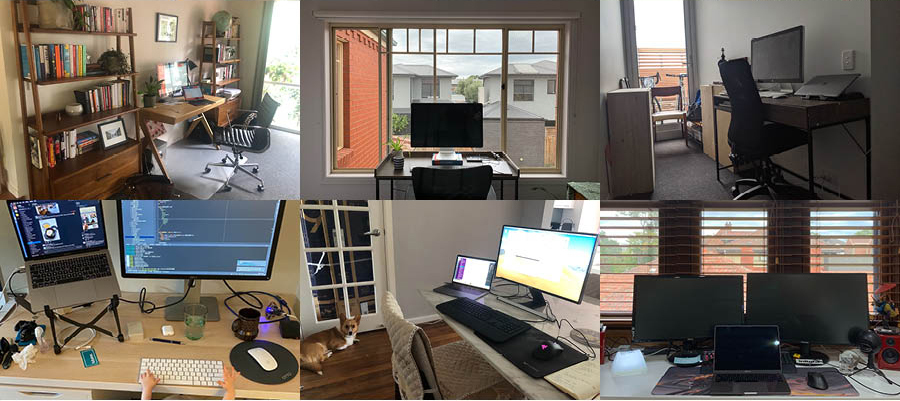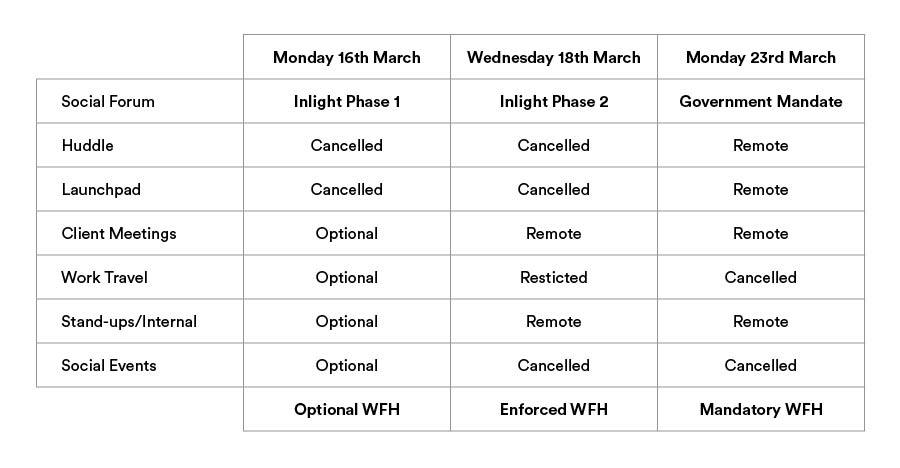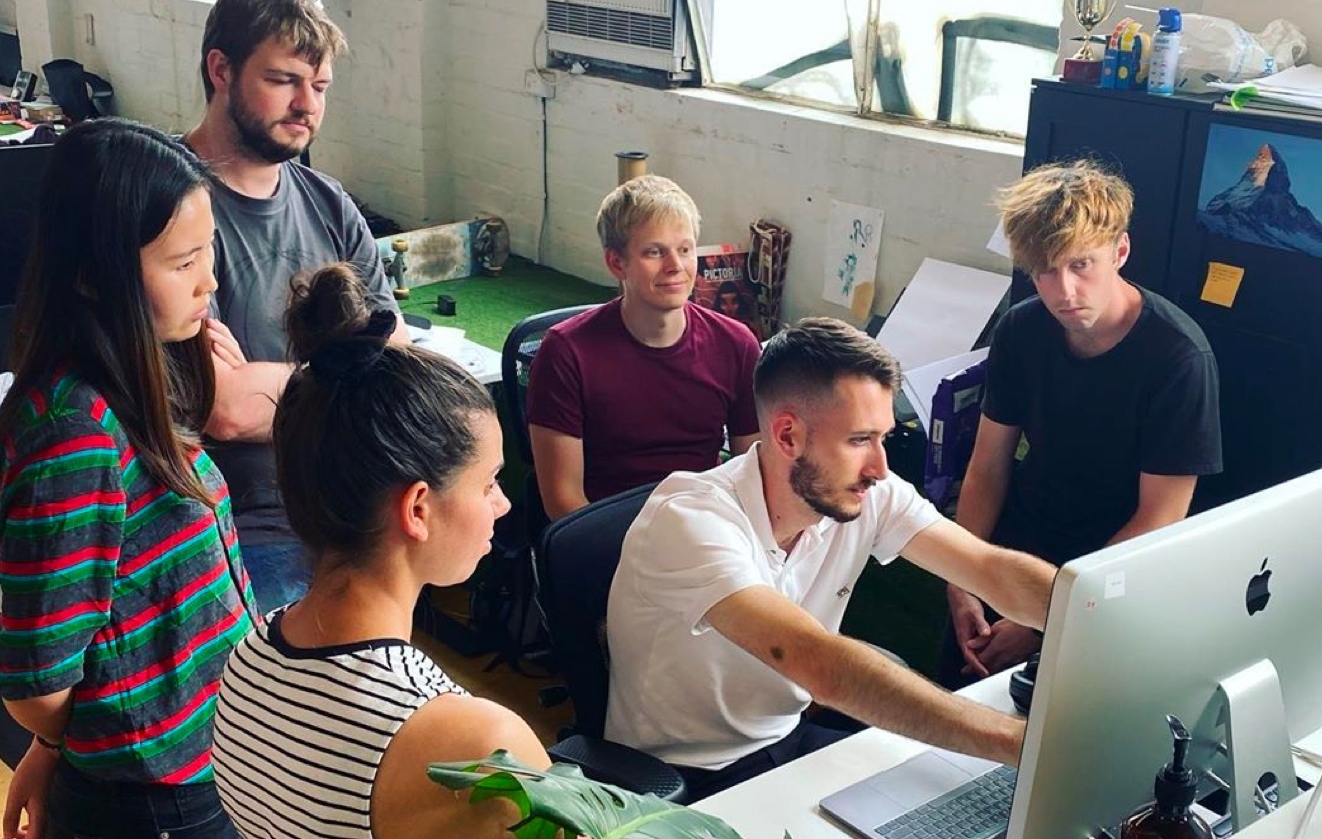What if we didn’t have an office?
My question to Patrick Carne (Co-Founder) over coffee. I think it’s worth looking at. I think it has merit. That was 11 months ago. Think bigger. Be braver. Be different. Pat was kind enough to massage my curiosity. So I let the concept percolate. Then, over five days in March, that gnawing itch turned into my number one priority, like so many other CEOs.
Our #in-and-out Slack channel has always been an excellent barometer for measuring the health of our work from home policy. A dedicated channel for location updates using status emojis. A constant flow of updates as people step away from their home desks to grab coffees or take a walk. But we knew that our policy was only fit-for-purpose for short periods. Perhaps a day or two.
My relationship with COVID-19 changed in the week prior to asking the Board to approve Inlight’s three phase migration plan. I watched the anxiety generated by the pandemic evolve in real time through the Slack chatter across our Random and General channels. Content began appearing from a variety of sources, some less credible than others, becoming the trigger that Inlight needed to formalise a broader plan. A more focused effort.
Our team is inherently curious. I felt that we’d lose valuable time through the decision making process if we’d encouraged collaboration. So, over the course of the next 24 hours, we established a small operational group that worked transparently on behalf of the rest of the team.
Our Challenge
Our objective was clear from the start, to maintain a mature and empathetic approach as fast followers. It was inevitable that some of the team’s personal anxieties would emerge. Fast followers choose to watch and listen for a little longer than is comfortable. But we focused on establishing and then adhering to our crisis management principals:
- People & Families first - Always.
- Trust - We believe in the team. It’s as much about your personal decision making as it about organisational mandates or opt-in scenarios.
- No Knee-Jerk Reactions - There is a narrow window to operationalise. Let’s get it right the first time.
- Guiding Principles - This is not a set of rules.
- A single source of truth - We will use information from the Department of Health, not from Medium or alternative news channels.
- WFH ain’t no thing - We’re just supercharging the things we already do.
- Patient and Professional - Prepare for it to be bumpy and to work with more ambiguity than you're comfortable with.
We had to establish a rock-solid foundation for decision making. That came through a more fully resolved picture of everyone’s individual circumstances. People first. We used google forms to get clarity on how our crew were set up at home for distributed working. How could we destress those environments for each Inlighter? Could we provide a better chair? In some cases, perhaps an entire desk? Then Inlight purchased everything they needed and hand delivered those items to that individual’s house.
